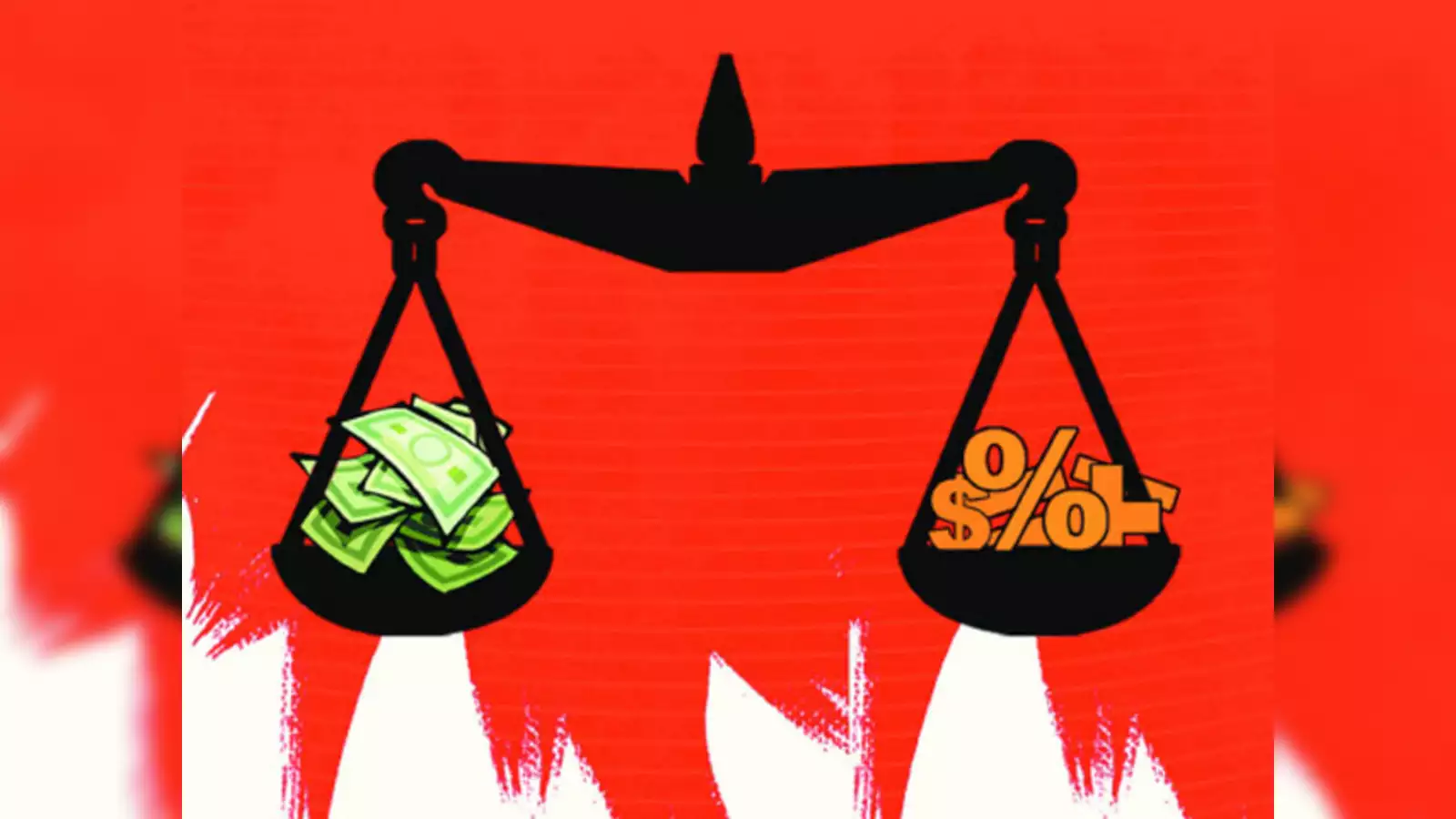State Revenue Trends
State Revenue Trends: Indian states have increasingly leaned on financial transfers and grants from the Central government in recent years. This growing reliance has sparked concerns about the sustainability of state finances and their capacity to generate independent revenue streams.
Growing Share of Central Transfers
Between FY16 and FY25, Central transfers contributed 23-30% of state revenues, a notable rise from the 20-24% range observed during the 2000s and early 2010s.
Declining Own Tax Revenue
For over a decade, states’ own tax revenue has consistently accounted for less than 50% of their total revenue—a sharp contrast to the 2000s, when it frequently surpassed this benchmark.
Trends in Non-Tax Revenue
Projections for FY25 indicate that non-tax revenue will dip below 24%, reaching a 25-year low. This category includes grants, service earnings, and interest receipts.
The Role of SGST
The State Goods and Services Tax (SGST) has seen substantial growth, rising from 15% of total revenue in FY18 to approximately 22%. However, excluding SGST, states’ own tax revenue has declined from 34% to 28%.
Central Grants Take the Lead
Central grants now constitute 65-70% of non-tax revenue, up from 55-65% in previous decades, highlighting an increasing dependence on Central support.
Tax Collection Challenges
Many states face difficulties in efficiently collecting taxes. Efforts to improve tax mobilisation, such as increasing stamp duty or vehicle taxes, have been inconsistent and often insufficient.
Disparities Among States
The ratio of own tax revenue to Gross State Domestic Product (GSDP) has declined in states like Tamil Nadu and Kerala while remaining stagnant in others.
Implications for Fiscal Sustainability
Experts caution that stagnant tax revenue hampers states’ ability to implement effective fiscal policies, which in turn affects economic growth and overall demand.




